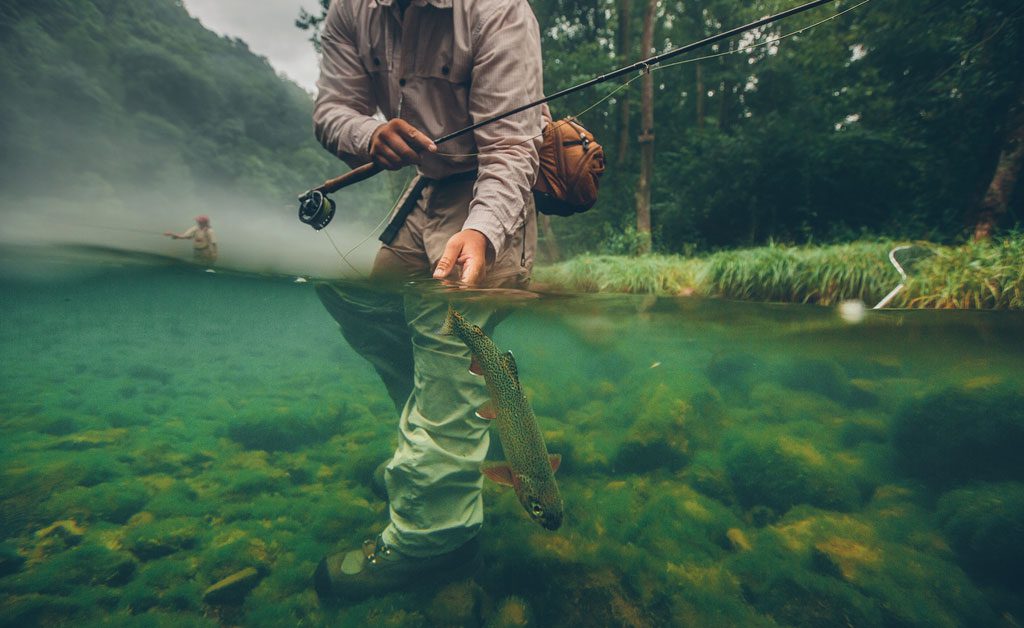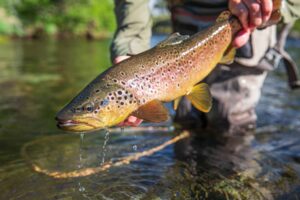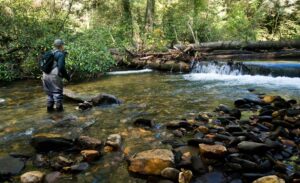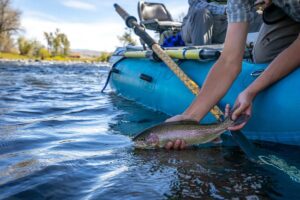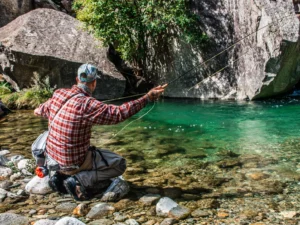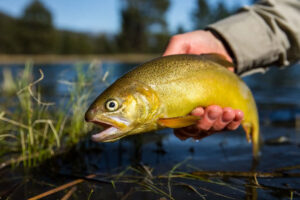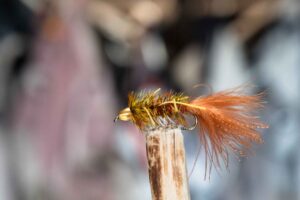There’s something timeless and meditative about standing in a cool, flowing stream, casting a delicate line in hopes of hooking a trout. Fly fishing isn’t just a sport—it’s a craft that connects you deeply with nature. If you’ve ever been curious about trying it, this beginner’s guide will help you get started with the basics of fly fishing for trout.
What Is Fly Fishing?
Fly fishing differs from other types of fishing because it uses a lightweight lure—called a fly—and relies on the weight of the line to cast, rather than the lure. Flies are designed to imitate the insects that trout naturally feed on, and come in various types such as dry flies, nymphs, and streamers.
Essential Gear for Beginners
You don’t need to spend a fortune to start fly fishing. Here’s what you’ll need:
- Fly Rod and Reel: A 9-foot, 5-weight rod is versatile and ideal for trout fishing.
- Fly Line: This includes backing, fly line, leader, and tippet. These components help transfer energy from your rod to the fly.
- Flies: Start with a basic selection—Adams, Elk Hair Caddis, Pheasant Tail Nymph, and Woolly Bugger are excellent choices.
- Waders and Boots: If you’re fishing in streams or rivers, chest waders and good-quality boots provide access and safety.
- Accessories: Don’t forget polarized sunglasses, nippers, hemostats, and a fly box.
Understanding Trout Behavior
Trout are sensitive creatures. They prefer cold, clean water and are usually found in rivers, streams, and cool lakes. They often feed in riffles or near structures like rocks and logs. Learning where trout hang out and what they’re feeding on is key to success.
Basic Casting Technique
Fly casting takes practice, but don’t be intimidated. The most basic cast, the overhead cast, involves moving the rod smoothly in a back-and-forth motion to load the line and send your fly to the target. Practice on dry land or open water to get the feel for it.
Reading the Water
Understanding how to “read” a river can make or break your day. Look for seams, eddies, and riffles—areas where water flow changes and trout are likely to feed. A good rule of thumb is to fish slower water with nymphs and faster water with dry flies.
Catch and Release Tips
Trout are often catch-and-release, so it’s crucial to handle them gently:
- Use barbless hooks
- Wet your hands before touching the fish
- Keep them in the water as much as possible
- Release quickly and carefully
Final Thoughts
Fly fishing for trout is a rewarding hobby that combines skill, patience, and a deep appreciation for the natural world. Don’t worry about being perfect—every angler started as a beginner. Get out there, enjoy the experience, and remember: the fish are just a bonus.

